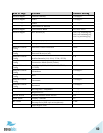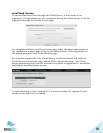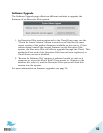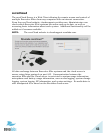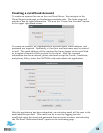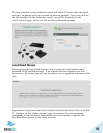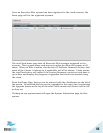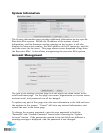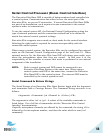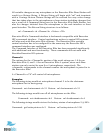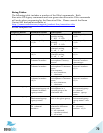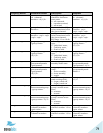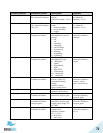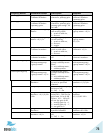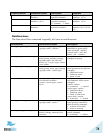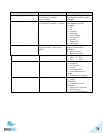
68
Serial Control Processor (Room Control Interface)
The Executive Elite Base DSP is capable of being monitored and controlled via
a control system. Communication can either be over the serial port of the
Executive Elite, or over an IP connection. If several Executive Elite Base DSPs
are part of an installation, each requires its own connection to the control
system in order to communicate.
To use the control system API, the External Control Configuration setting the
type of external processor and the connection method has to be defined to
match the external control system’s settings.
Executive Elite supports server mode or client mode for the control interface.
Selecting the right mode is required for correct interoperability with the
connected control system.
When using a control system, the Executive Elite can be configured for external
mute on the External Control Configuration page of the local web UI. When
external mute is On, the Executive Elite base DSP will always pass audio, even
when the microphones show that they are muted. In this case it is the
responsibility of the installer to ensure that mute is performed in an external
component of the installation.
NOTE: Both a control system and DSP cannot be connected to an
Executive Elite Base Station at the same time. When using a
control system and DSP at the same time, connect the Executive
Elite Base DSP to the control system. The external DSP must be
controlled by the control system as well.
Serial Command & Return Strings
The Serial Strings of an Executive Elite Base Station begin with the Argument
and terminates with a Carriage Return. The Command String structure is as
follows:
<Argument> <Command> [ch <Channel #> <Value>] <CR>
The argument is either ‘set’ or ‘get’. A subset of the available commands is
listed below. For a full list of commands visit the “Executive Elite Control
Interface” documentation.
If specific microphone channels are affected by the command, the string ‘ch’ is
followed by the microphone number, and then the value which is sent (‘set’
command).



